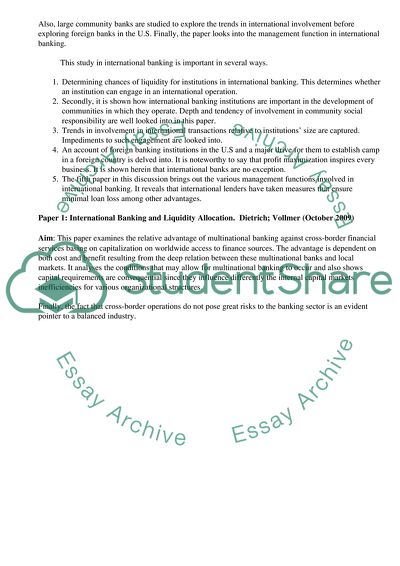Cite this document
(Management of Financial Institutions Case Study Example | Topics and Well Written Essays - 1750 words, n.d.)
Management of Financial Institutions Case Study Example | Topics and Well Written Essays - 1750 words. https://studentshare.org/management/1814802-management-of-financial-institutions
Management of Financial Institutions Case Study Example | Topics and Well Written Essays - 1750 words. https://studentshare.org/management/1814802-management-of-financial-institutions
(Management of Financial Institutions Case Study Example | Topics and Well Written Essays - 1750 Words)
Management of Financial Institutions Case Study Example | Topics and Well Written Essays - 1750 Words. https://studentshare.org/management/1814802-management-of-financial-institutions.
Management of Financial Institutions Case Study Example | Topics and Well Written Essays - 1750 Words. https://studentshare.org/management/1814802-management-of-financial-institutions.
“Management of Financial Institutions Case Study Example | Topics and Well Written Essays - 1750 Words”. https://studentshare.org/management/1814802-management-of-financial-institutions.


